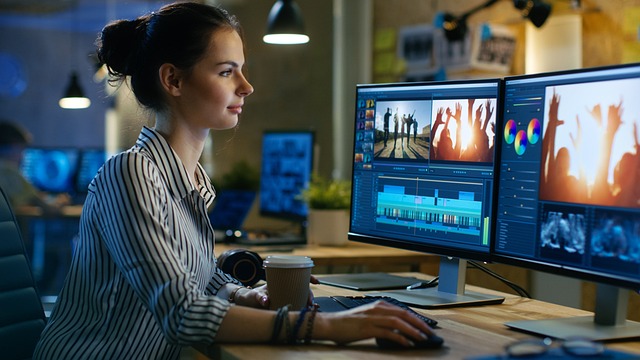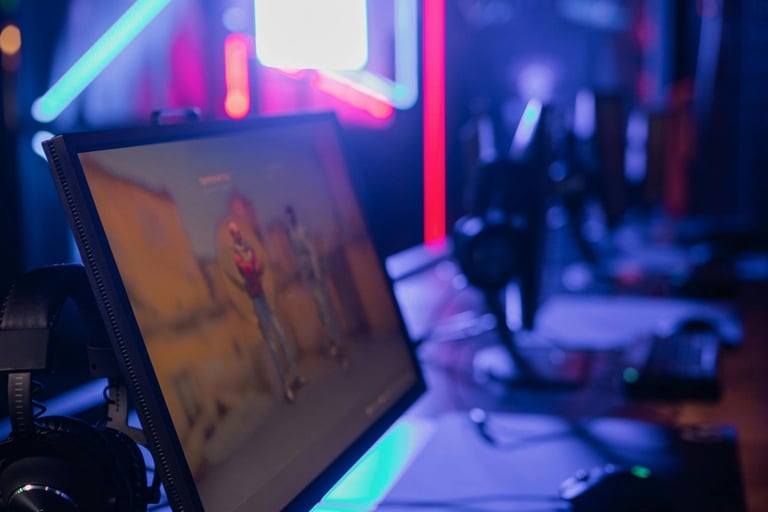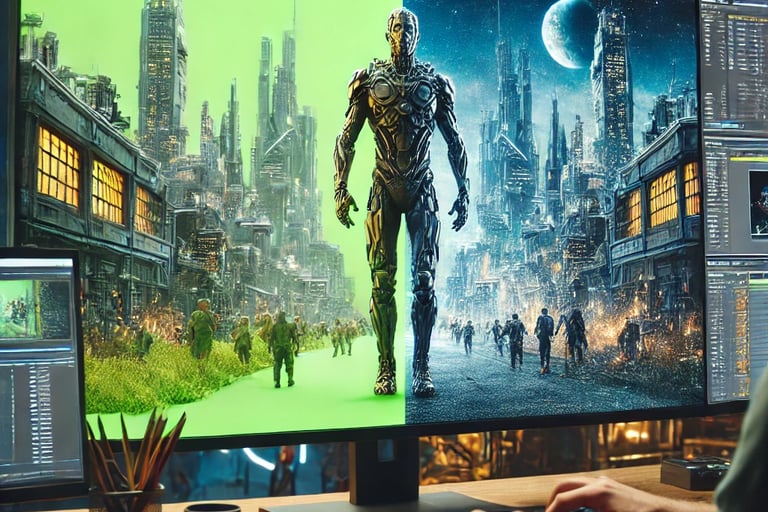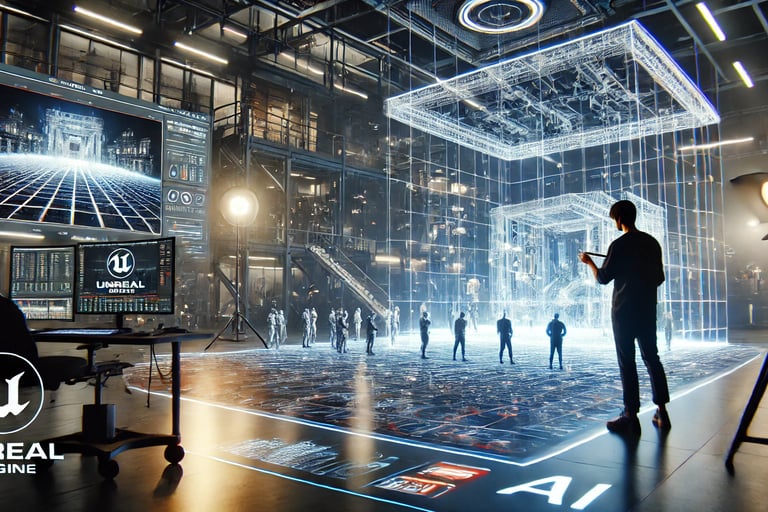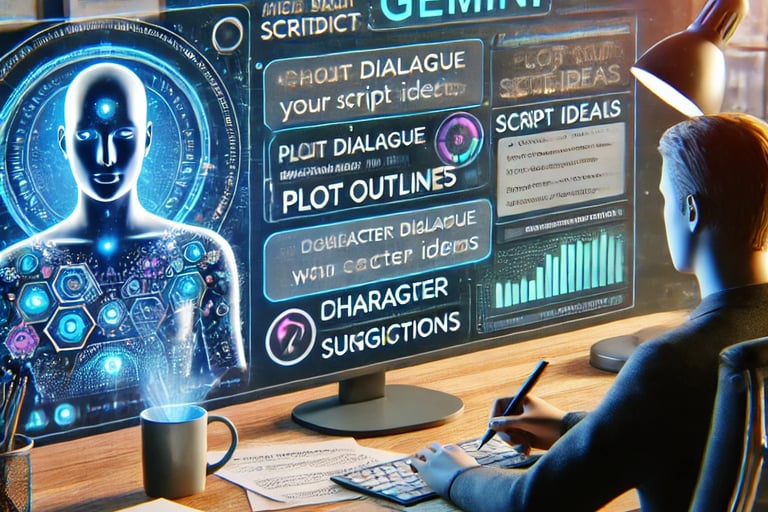AI Shaping the Future of Filmmaking in the US
The world of filmmaking is undergoing a seismic transformation, driven by the rapid advancements in artificial intelligence (AI).
ENTERTAINMENT
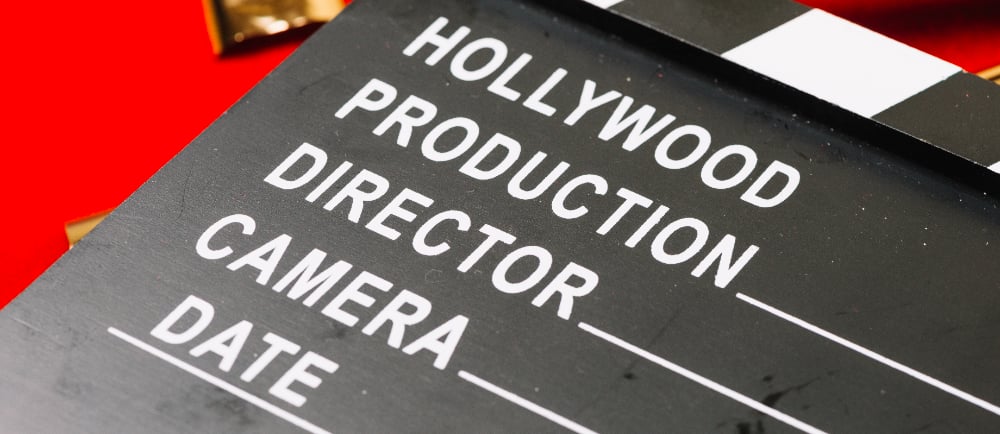

From writing scripts to crafting lifelike visual effects, AI is not just a tool—it’s becoming a creative partner that’s reshaping how stories are told. In the United States, home to Hollywood’s legacy of innovation, filmmakers are leveraging AI to push boundaries, reduce costs, and bring groundbreaking ideas to lifeThis article explores how AI is revolutionizing the filmmaking industry, blending creativity and technology to create a new era of cinematic excellence.
The integration of AI in filmmaking is more than just a technological evolution—it’s a groundbreaking transformation that redefines the art and craft of storytelling. From enhancing creativity to streamlining production and post-production processes, AI is reshaping the way films are conceived, created, and delivered to audiences. As this technology continues to advance, it paves the way for a future of limitless possibilities, making filmmaking more innovative, efficient, and immersive than ever before.
6. Streamlined Post-Production with AI
Post-production is often the most time-consuming phase of filmmaking. AI tools like Adobe’s Sensei AI are revolutionizing this stage by automating processes such as scene detection, color grading, and audio enhancement.
For instance, AI can identify scenes requiring continuity adjustments or detect background noise that needs elimination. This not only speeds up editing but also ensures higher accuracy.
Sound design, too, benefits from AI’s ability to generate high-quality soundscapes that align perfectly with visuals. Editors can now focus on storytelling rather than mundane technical
5. Personalized Movie Experiences
Streaming platforms like Netflix are leveraging AI to personalize viewer experiences. Algorithms analyze viewing habits, preferences, and engagement patterns to recommend movies and TV shows that align with individual tastes.
The future might even include interactive content tailored to each viewer. Imagine watching a movie where the storyline adapts based on your choices, creating a unique experience for every audience member.
This personalization extends beyond recommendations, influencing content creation. Filmmakers can use AI insights to predict trends and craft stories that resonate globally.
4. Virtual Actors and Digital Doubles
AI is redefining storytelling by enabling the creation of virtual actors and digital doubles. These technologies are increasingly being used for stunts, historical recreations, or even resurrecting late actors for new performances.
For instance, Paul Walker’s digital double in Furious 7 showcased the potential of AI in preserving legacies while enhancing the cinematic experience. Digital humans created by companies like Digital Domain are indistinguishable from real actors, offering filmmakers endless creative possibilities.
This innovation also addresses safety concerns by reducing the need for actors to perform risky stunts.
3. Enhanced Visual Effects (VFX) and Animation
In visual effects, AI has emerged as a game-changer by automating repetitive tasks like motion tracking, rotoscoping, and background removal. These time-intensive processes can now be completed in a fraction of the time, allowing VFX artists to focus on the creative aspects.
For animation, AI-powered tools like DeepMotion enable lifelike character movements and realistic facial expressions, breathing new life into animated films. NVIDIA’s AI-driven technologies further enhance VFX, helping filmmakers produce blockbuster-quality visuals even on tighter budgets.
AI also ensures precision, reducing the margin for error and delivering stunning effects that captivate audiences.
2. Virtual Production and AI-Generated Environments
Virtual production using AI is eliminating the traditional constraints of physical sets. AI-powered tools like Unreal Engine enable filmmakers to create dynamic, photorealistic environments in real-time, reducing costs and logistical challenges.
Directors can now experiment with set designs, camera angles, and lighting virtually, allowing unparalleled creative freedom. For example, the Disney+ series The Mandalorian famously used virtual production techniques to create immersive settings seamlessly.
This not only saves time but also reduces carbon footprints by minimizing location-based shoots. Virtual production is particularly beneficial for indie filmmakers, giving them access to high-quality production at a fraction of the traditional cost.
1. AI-Driven Scriptwriting: Creativity Meets Efficiency
AI tools are becoming indispensable to writers by offering creative prompts, story ideas, and even full script drafts. For instance, platforms like ChatGPT, Gemini are equipped to generate dialogues, plot outlines, or even entire screenplays based on input themes or genres.
What makes this revolutionary is how AI analyzes trends and audience preferences by studying existing scripts. This helps predict what themes, characters, or twists are likely to resonate with viewers.
AI doesn’t replace creativity but enhances it. Filmmakers and writers now have access to powerful tools that help refine their ideas, opening doors to collaborations that blend human intuition with machine precision.
